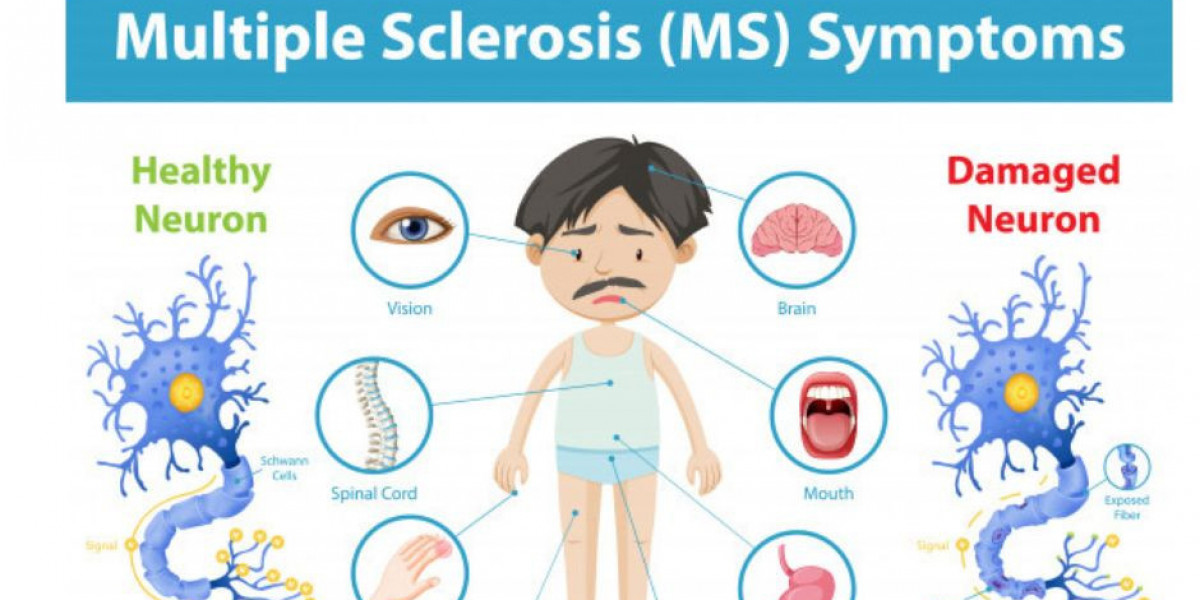In today’s rapidly evolving job market, businesses face challenges ranging from talent acquisition to addressing staffing shortages. Leveraging generative AI in staffing solutions is transforming recruitment practices, enabling companies to scale efficiently and sustainably. From permanent staffing solutions to contract-to-hire staffing, emerging technologies are empowering organizations to meet their workforce needs effectively.
Understanding Staffing Shortages and Their Impact
Before exploring innovative solutions, it’s essential to grasp staffing shortages meaning in the modern workplace. Staffing shortages occur when the demand for skilled professionals exceeds the available talent pool. These shortages can disrupt operations, delay projects, and lead to increased costs due to overtime or missed deadlines.
Industries such as IT, healthcare, and manufacturing are acutely affected by staffing gaps. To combat these issues, businesses are turning to managed workforce solutions that combine technology and expertise to address capacity constraints.
Generative AI: The Game-Changer in Staffing
Generative AI is revolutionizing the recruitment process by enhancing efficiency and accuracy. Unlike traditional methods that rely on manual screening, AI-driven tools analyze vast data sets to identify ideal candidates for roles like permanent staffing solutions and contract-to-hire staffing positions.
Key benefits of generative AI in recruitment include:
Advanced Candidate Matching
AI algorithms assess resumes, skills, and experience, ensuring candidates align with job requirements. This accelerates hiring while improving accuracy.Personalized Communication
Generative AI enables recruiters to craft tailored messages, enhancing candidate engagement and increasing the likelihood of acceptance.Predictive Analytics
By analyzing historical hiring data, AI tools predict trends, helping companies plan better for future workforce needs.Reduced Bias
Leveraging AI ensures impartiality by focusing on qualifications rather than subjective human judgments, fostering diversity in the workforce.
Empowering Technical Staffing Through AI
For companies seeking to empower technical staffing, the integration of AI offers unmatched advantages. Technical roles often require niche expertise, making recruitment more challenging. By automating time-consuming tasks like skill validation and interview scheduling, AI tools free up recruiters to focus on strategic activities.
Additionally, AI-powered platforms assist in identifying passive candidates—professionals who are not actively job hunting but possess the skills organizations need. This proactive approach is instrumental in building robust technical teams.
The Role of Contract-to-Hire Staffing
While permanent staffing solutions remain a cornerstone for many organizations, the flexibility of contract to hire staffing is gaining traction. This model allows companies to evaluate a candidate’s performance and cultural fit before making permanent commitments.
Generative AI enhances the contract-to-hire process by streamlining background checks, skill assessments, and onboarding. This ensures that candidates transition seamlessly into their roles, boosting productivity from day one.
Managed Workforce Solutions: Driving Efficiency
As businesses scale, managing a diverse and dispersed workforce becomes increasingly complex. Managed workforce solutions simplify this process by offering end-to-end management of staffing needs. From recruitment and onboarding to compliance and performance tracking, these solutions provide comprehensive support.
AI-driven workforce solutions empower organizations to:
Monitor staffing capacity in real-time.
Optimize resource allocation across projects.
Address gaps caused by worker shortages swiftly.
Overcoming Recruitment Shortages with Technology
Recruitment shortages often stem from a lack of skilled professionals or inefficiencies in hiring processes. By integrating AI, companies can mitigate these challenges. For instance, generative AI tools can create detailed job descriptions, ensuring clarity and attracting suitable candidates.
Furthermore, AI-powered platforms provide insights into market trends, enabling businesses to tailor their strategies to meet evolving demands. This adaptability is crucial in competitive industries where staffing shortages meaning can translate into lost opportunities.
Best Practices for Implementing AI in Staffing
To maximize the benefits of AI in recruitment, companies should follow these best practices:
Define Objectives Clearly
Determine whether your focus is on permanent staffing solutions, contract-to-hire staffing, or addressing specific gaps like worker shortages.Invest in Training
Equip HR teams with the knowledge to use AI tools effectively. This includes understanding data privacy and ethical considerations.Leverage Data Insights
Utilize AI analytics to gain insights into workforce trends, enabling proactive decision-making.Collaborate with Experts
Partnering with a workforce solutions company can accelerate the implementation of AI technologies while ensuring alignment with business goals.
Future Trends in Staffing Solutions
The future of recruitment lies at the intersection of technology and human expertise. Generative AI will continue to drive innovation, enabling personalized experiences for candidates and organizations alike. Trends to watch include:
Hyper-Personalization: AI tools will provide tailored recommendations, improving candidate-employer alignment.
Remote Recruitment: Virtual hiring platforms will integrate AI to facilitate seamless interviews and assessments.
Upskilling Initiatives: AI-powered training programs will help bridge skill gaps, addressing the root causes of worker shortages.
Conclusion
In an era defined by rapid change, embracing generative AI in staffing solution is no longer optional—it’s a necessity. From addressing staffing shortages meaning to empowering technical teams, AI is transforming recruitment into a strategic advantage.
By integrating AI with managed workforce solutions and flexible models like contract-to-hire staffing, businesses can build resilient teams ready to navigate future challenges. For companies seeking sustainable growth, the path forward is clear: leverage technology, invest in innovation, and empower your workforce.







